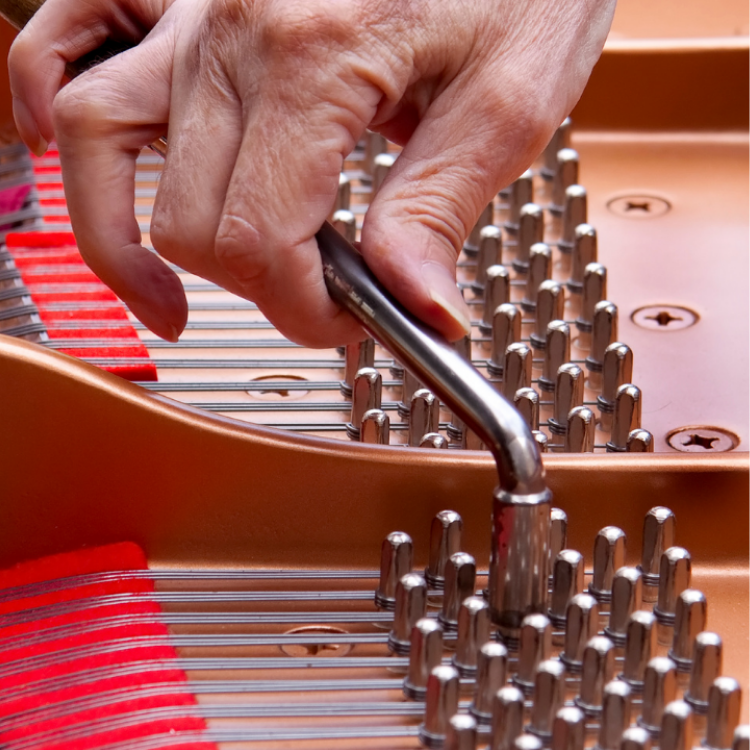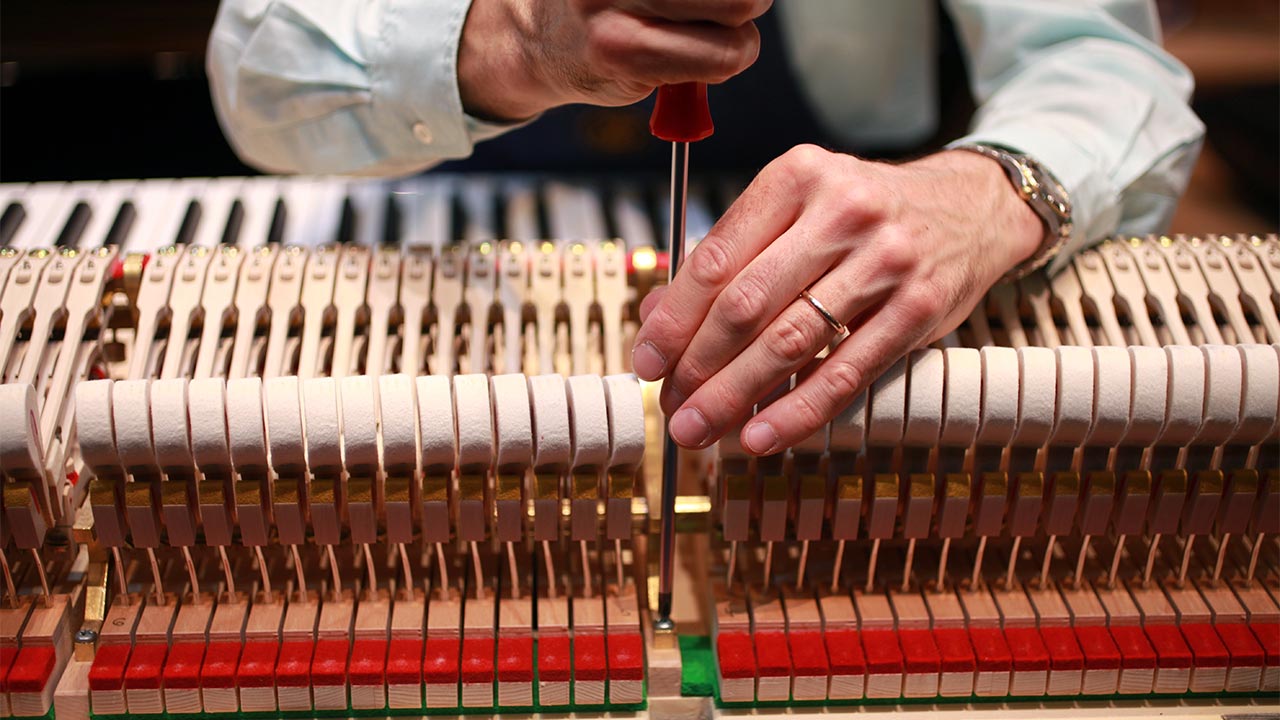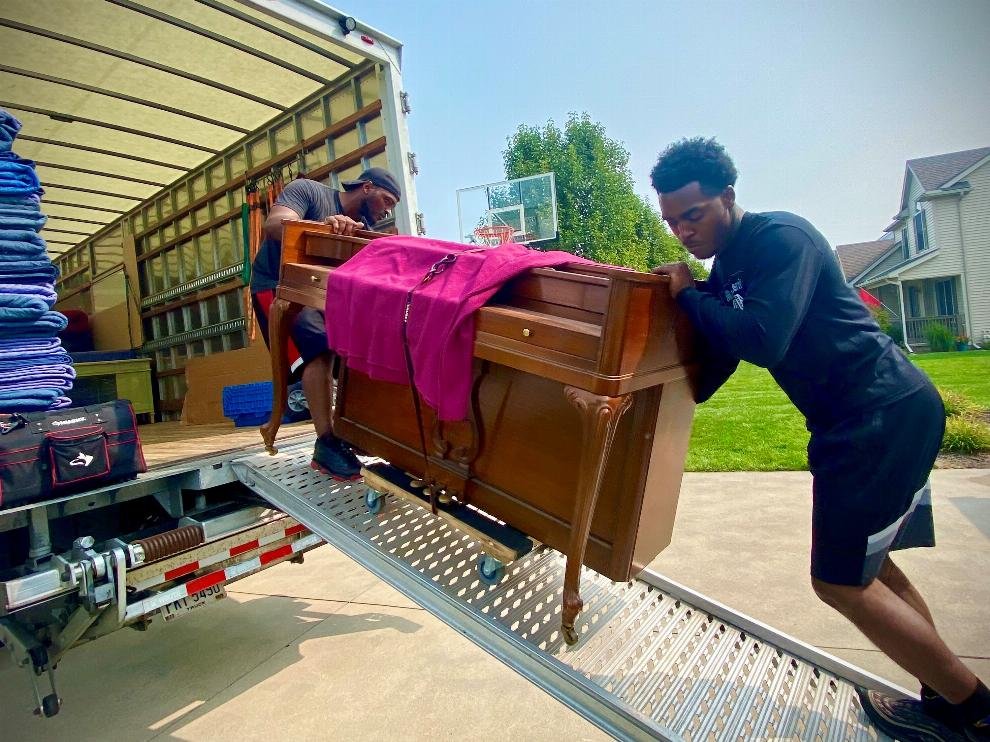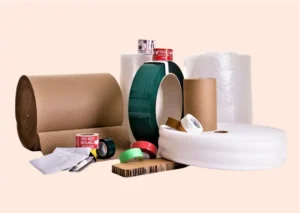Table of Contents

Every time a piano is moved, it’s like it takes a deep breath – preparing for a change, a new start. Whether you’re a concert pianist or someone who finds solace in the gentle hum of the ivories, understanding how to care for your piano after a move is crucial. It’s about preserving that special connection between you and your instrument. Let’s dive into the world of post-move piano tuning and ensure your piano continues to sing with the same joy and precision it did before.
Key Takeaways
-
Pianos should be tuned after moving due to potential shifts in string tension and changes in environment.
-
It’s recommended to wait a few weeks before tuning to allow the piano to acclimate to its new surroundings.
-
Regular maintenance, including tuning, is essential for the longevity and sound quality of your piano.
-
Professional tuning is advised to ensure the piano is adjusted accurately and to prevent damage.
-
If you notice any signs of detuning, such as buzzing or off-pitch sounds, Contact Us for expert assistance.
Tuning in to Your Piano’s Needs Post-Move
Imagine your piano as a living entity; it breathes in moisture, feels the vibrations of its surroundings, and reacts to the gentlest of touches. When it moves, it’s not just the physical location that changes – the very core of its being, the strings, the wood, all of it undergoes a transformation. That’s why tuning becomes an act of re-centering, a way to bring your piano back to its essence.
Why Immediate Tuning is Crucial After Relocation
When a piano changes locations, the tension on its strings can change. This isn’t just about sound; it’s about the health of your piano. Immediate tuning isn’t just for pitch-perfect melodies; it’s a preventive measure against the long-term effects of tension changes. Therefore, it’s not just about hitting the right notes; it’s about hitting the right care routine for your piano’s longevity.
Signs Your Piano is Craving a Tune-Up
So how do you know if your piano is whispering (or maybe shouting) for a tune-up? Listen closely. If you hear buzzing, if the keys feel different under your fingers, or if something just seems off, it’s time. Your piano isn’t just an instrument; it’s a partner in your musical journey, and it’s telling you it needs a bit of TLC.
Do Pianos Need to Be Tuned After Moving?
It’s a common question with a simple answer: Yes. Pianos are sensitive creatures. They don’t just feel the move; they live it. The strings may stretch or contract, the soundboard might adjust to new humidity levels, and all this can lead to a piano that doesn’t quite sound like itself. Tuning is the remedy that brings your piano back home, even when home has changed.
Let’s break it down: For those interested in piano care and tuning after a move, there are essential steps to ensure your instrument stays in perfect pitch and condition.
-
The physical jostling during a move can alter string tension.
-
Changes in humidity and temperature in the new location can affect the wood and strings, leading to detuning.
-
Even a short move can disrupt the delicate balance of a piano’s internal mechanics.
But don’t fret – with a little knowledge and care, your piano can continue to be the heart of your musical expression, no matter where you are. For more detailed guidance, consider reading this piano moving guide for efficient and safe transport.
Impact of Transport on Piano Strings
Imagine your piano’s strings like tightrope walkers, perfectly balanced. When you move, it’s like a gust of wind that can knock them off balance. The strings might tighten or loosen, and that’s when they need a skilled hand to guide them back to stability. It’s not just about the strings, though; it’s about ensuring the whole piano can perform at its best.
Adjusting to the New Environment
Once settled in its new home, your piano needs time to adjust. It’s like getting used to a new climate after a vacation. The wood and strings need a few weeks to respond to the temperature and humidity of their new environment. Tuning too soon might mean you’ll need another tune-up sooner than expected. Patience here is the key to a well-adjusted piano.
Stay tuned for the next part where we’ll discuss the perfect timing for your piano tune-up and how to maintain your piano’s pitch-perfect sound. And remember, if your piano is in need of a post-move tune-up or you have any concerns about its condition, don’t hesitate to Contact Us for professional advice and service.

The Perfect Pitch: Timing Your Piano Tune-Up
After a move, it’s not just about getting your piano through the door; it’s about when to bring it back to its musical best. Most importantly, you’ll want to give your piano a few weeks to settle into its new environment. This waiting period is essential because it allows the piano to adjust to the local humidity and temperature, which can significantly affect its tune.
Best Practices for Post-Move Tuning
Once your piano has had time to acclimate, it’s time to think about tuning. A good rule of thumb is to wait about two to three weeks after moving before having it tuned. This patience pays off because the piano will have had enough time to settle, making the tuning more stable and longer-lasting. Here’s what you should do:
-
Mark your calendar for a tuning appointment two to three weeks after the move.
-
Keep an eye on the room’s temperature and humidity where the piano is placed.
-
Play your piano gently during this period to help it adjust and to detect any potential issues.
When to Call in the Experts
If you’re unsure about when to tune your piano or you’re noticing some unusual sounds, it’s time to call in the experts. Professional piano tuners have the experience and the ear to bring your piano back to its optimal condition. Besides that, they can also spot any issues that might have arisen from the move that you might not notice yourself.
Caring for Your Keyed Companion
Once your piano is tuned and sounding beautiful, it’s all about maintenance. Just like any relationship, the one with your piano needs ongoing attention. Regular care will ensure that your piano remains a source of joy and music for many years to come.
Remember, the post-move tune is just the beginning. Your piano is a living, breathing piece of your home, and it needs continuous care to give back the harmony it holds within.
Maintaining Humidity and Temperature Balance
Pianos are like Goldilocks; they like things just right. Too much humidity can cause wooden parts to swell, and too little can lead to cracking. Likewise, extreme temperatures can wreak havoc on your piano’s tuning stability. To maintain the balance, consider using a humidifier or dehumidifier in the room and avoid placing your piano near vents, fireplaces, or direct sunlight.
Here’s a quick tip: A room with consistent temperature and humidity is the ideal environment for your piano to thrive.
Avoiding the Pitfalls of Improper Piano Placement
Where you place your piano in your home can have a big impact on its well-being. Avoid areas with direct sunlight, which can cause the wood to fade and potentially warp. Also, steer clear of placing the piano right next to windows or doors, where drafts can cause temperature fluctuations. Instead, find a spot with stable temperature and humidity, away from the hustle and bustle of daily life. For more detailed information, read this Ultimate Guide to Piano Care & Tuning.

Mastering the Melody of Maintenance
Regular check-ups and tune-ups are the rhythm of piano upkeep. Just as you wouldn’t skip a car’s oil change, you shouldn’t neglect your piano’s regular maintenance. This includes not only tuning but also cleaning, regulating, and voicing when necessary. These are the details that keep your piano not just playing, but playing beautifully.
Regular Check-Ups: The Rhythm of Piano Upkeep
Imagine your piano as a car. You wouldn’t drive thousands of miles without an oil change, right? The same goes for your piano. Regular tuning, usually twice a year, is like that oil change – it keeps everything running smoothly. And if you play frequently or live in a climate with drastic seasonal changes, you may need to tune even more often.
Here’s a simple checklist for piano maintenance:
-
Schedule regular tunings, typically every six months.
-
Have a technician check the piano’s internal mechanics during tuning appointments.
-
Keep the piano clean and dust-free.
-
Monitor the room’s climate where the piano is located.
For example, a well-maintained piano not only holds its tune longer but also provides a richer, more resonant sound. It’s the difference between a good performance and a great one.
If you’re passionate about your piano and want to ensure it receives the best possible care, especially after a move, it’s crucial to work with professionals who understand the intricacies of this magnificent instrument. Therefore, if you’re looking for expert advice or need to schedule a post-move tuning, Contact Us for unparalleled service and support. Your piano is more than just an object; it’s a source of music, memories, and magic. Let’s keep the music playing together.
Contact Us for Professional Tuning and Advice
If your piano is sounding a bit off after your recent move, or if you’re simply looking for advice on how to maintain its beautiful sound, we’re here to help. With years of experience and a deep love for music, we provide professional tuning and maintenance services that ensure your piano always performs at its best. Don’t let a move put a damper on your music. Contact Us today, and let’s strike the right chord together.



